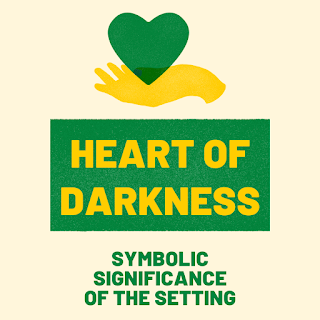“Ode to the West Wind” , Critical Appreciation
“Ode to the West Wind”
is one of the most famous poems by Shelley and it was published in the same
book, which consists of his famous drama, Prometheus Unbound and many
magnificent lyric poems. He wrote this poem in the autumn of 1819 in Florence.
The poem is considered as one of the noblest lyrics in English. It bears testimony
to the poetic genius that Shelley was.




